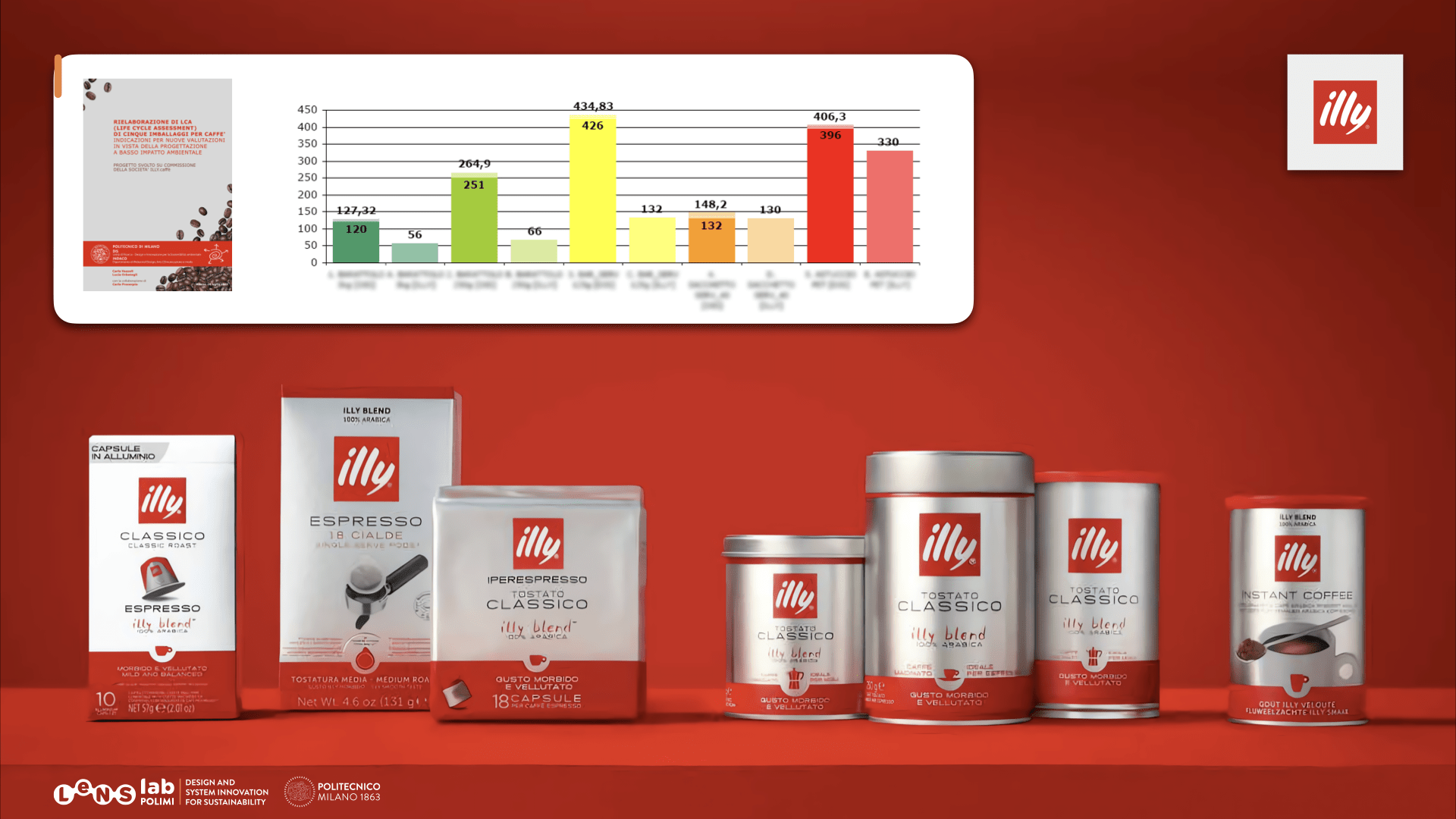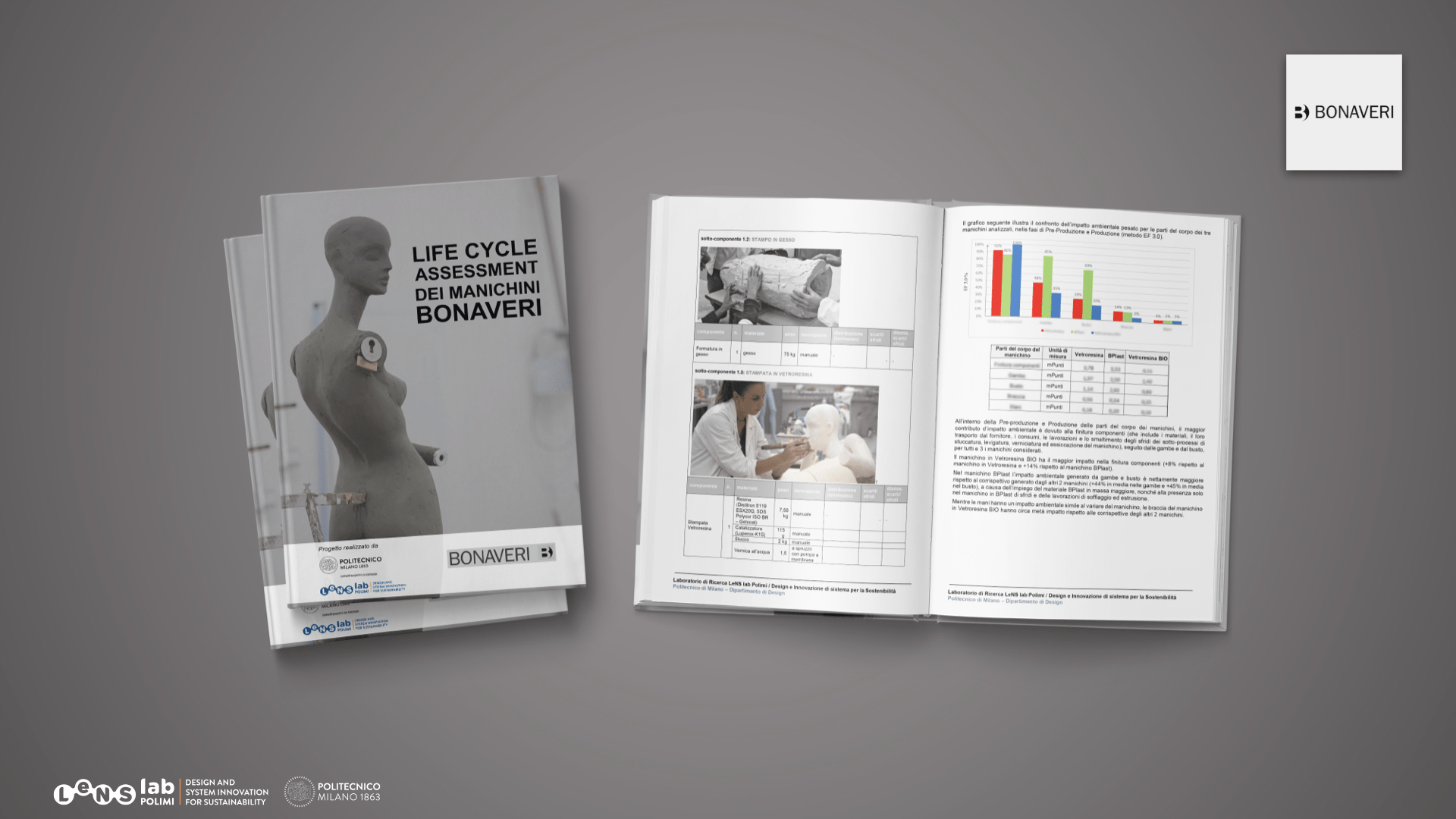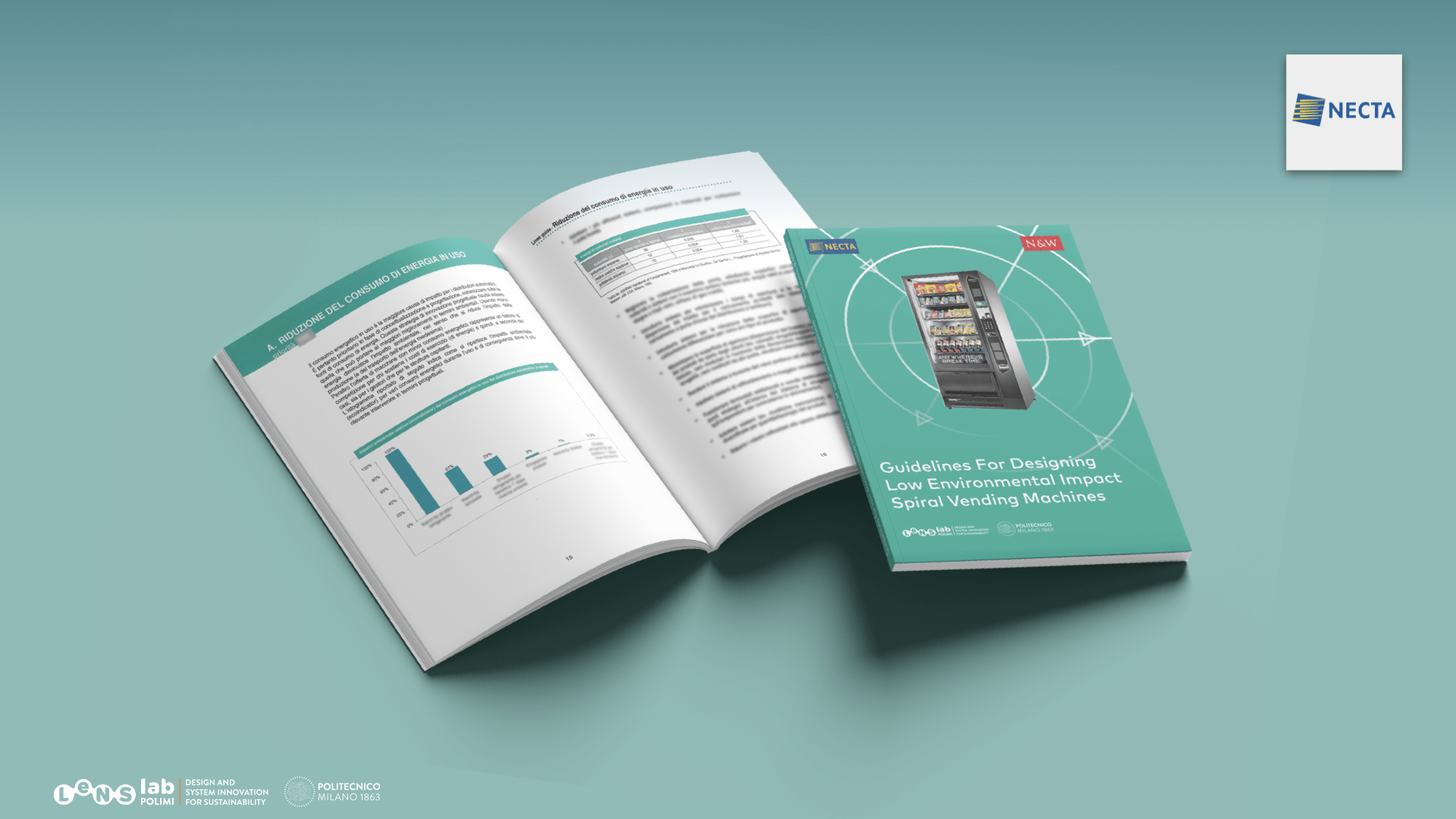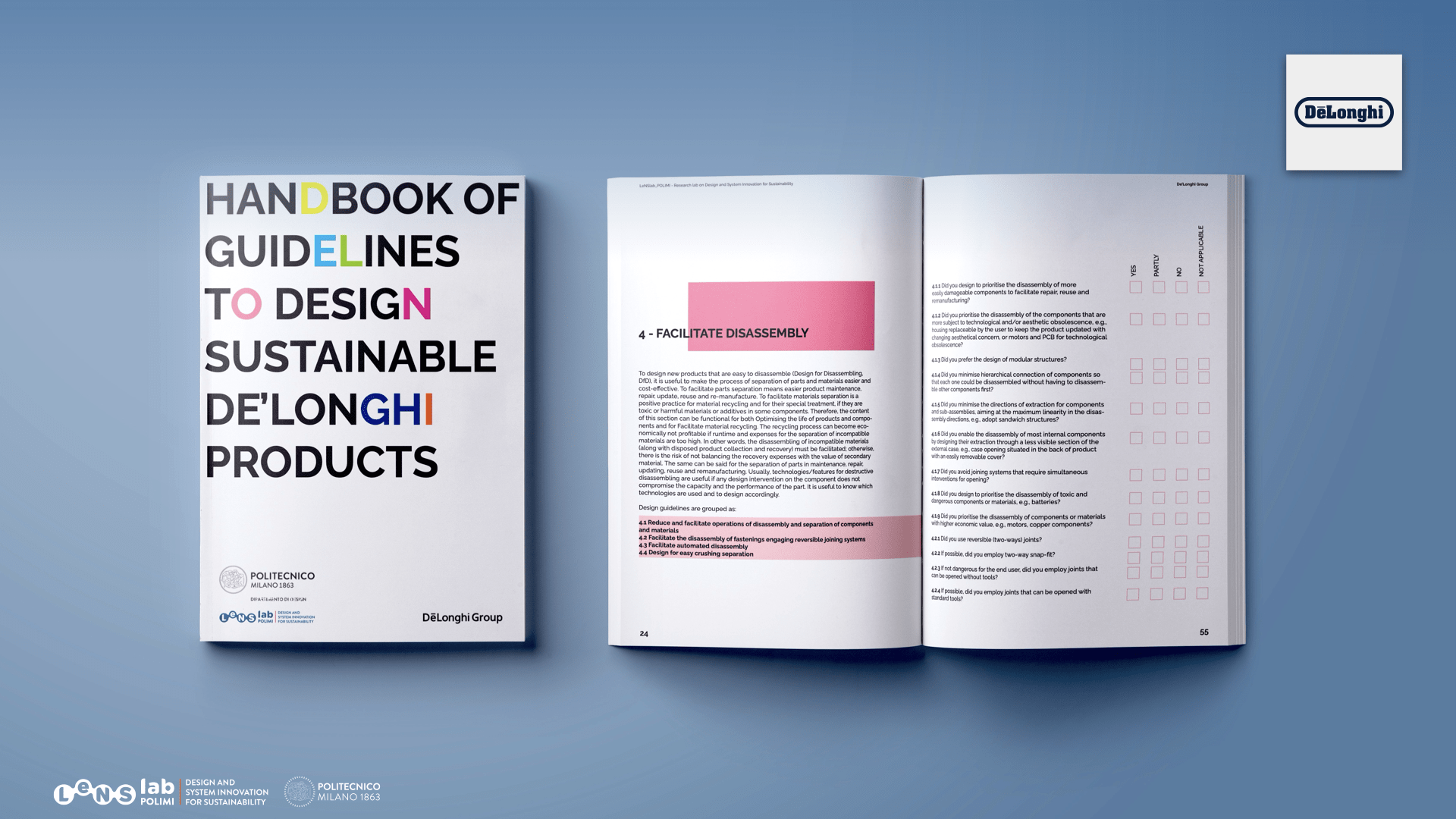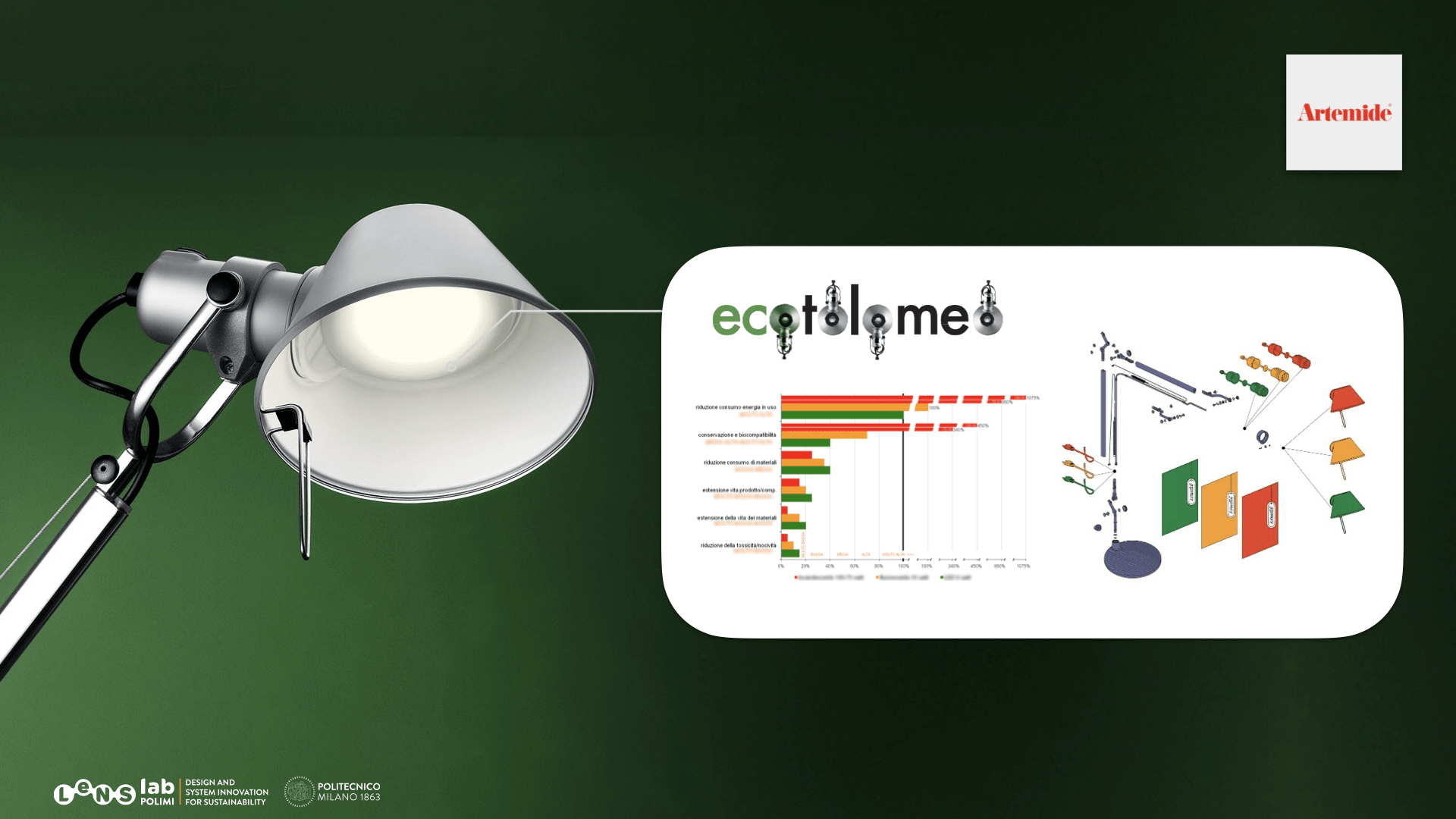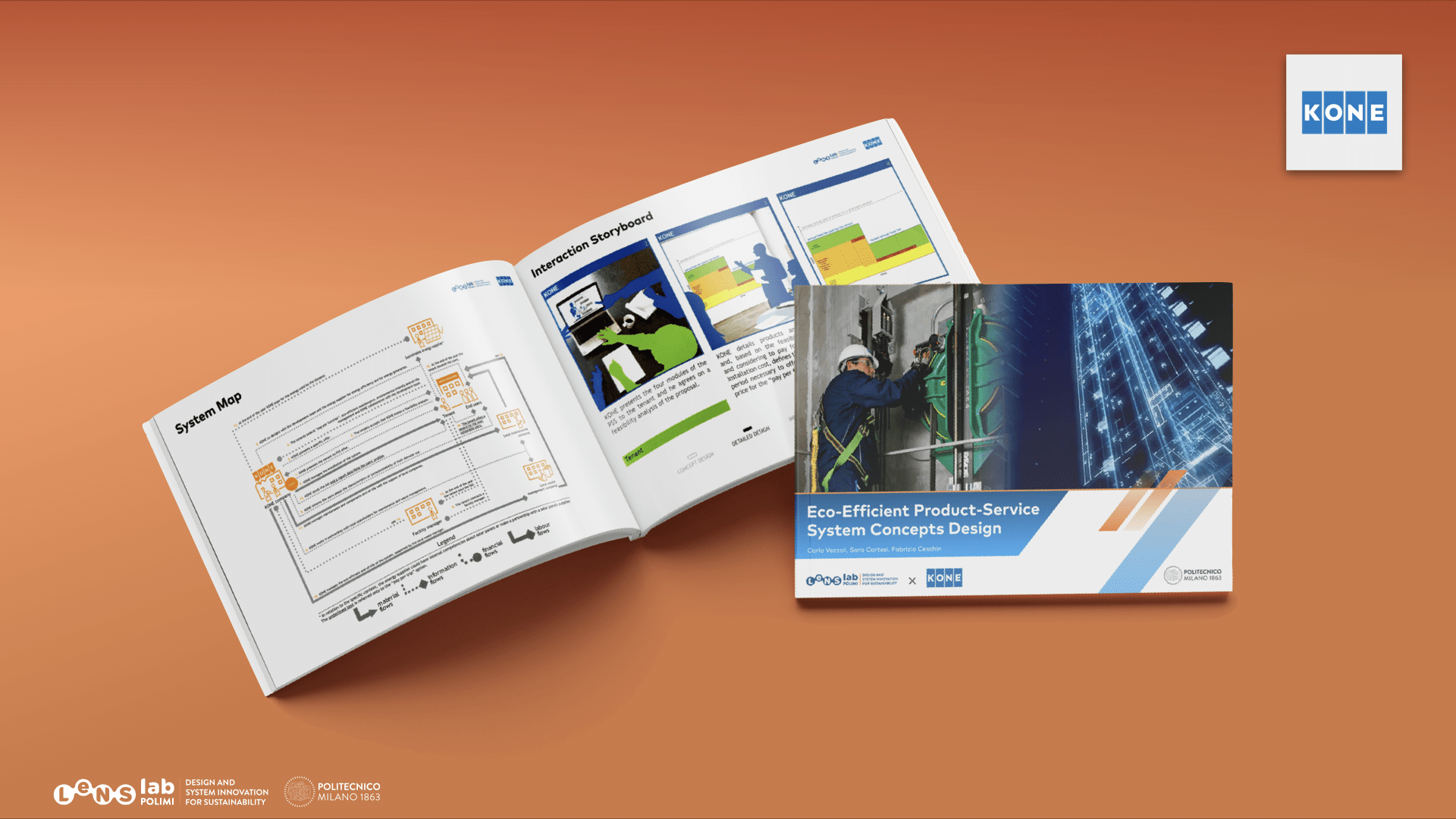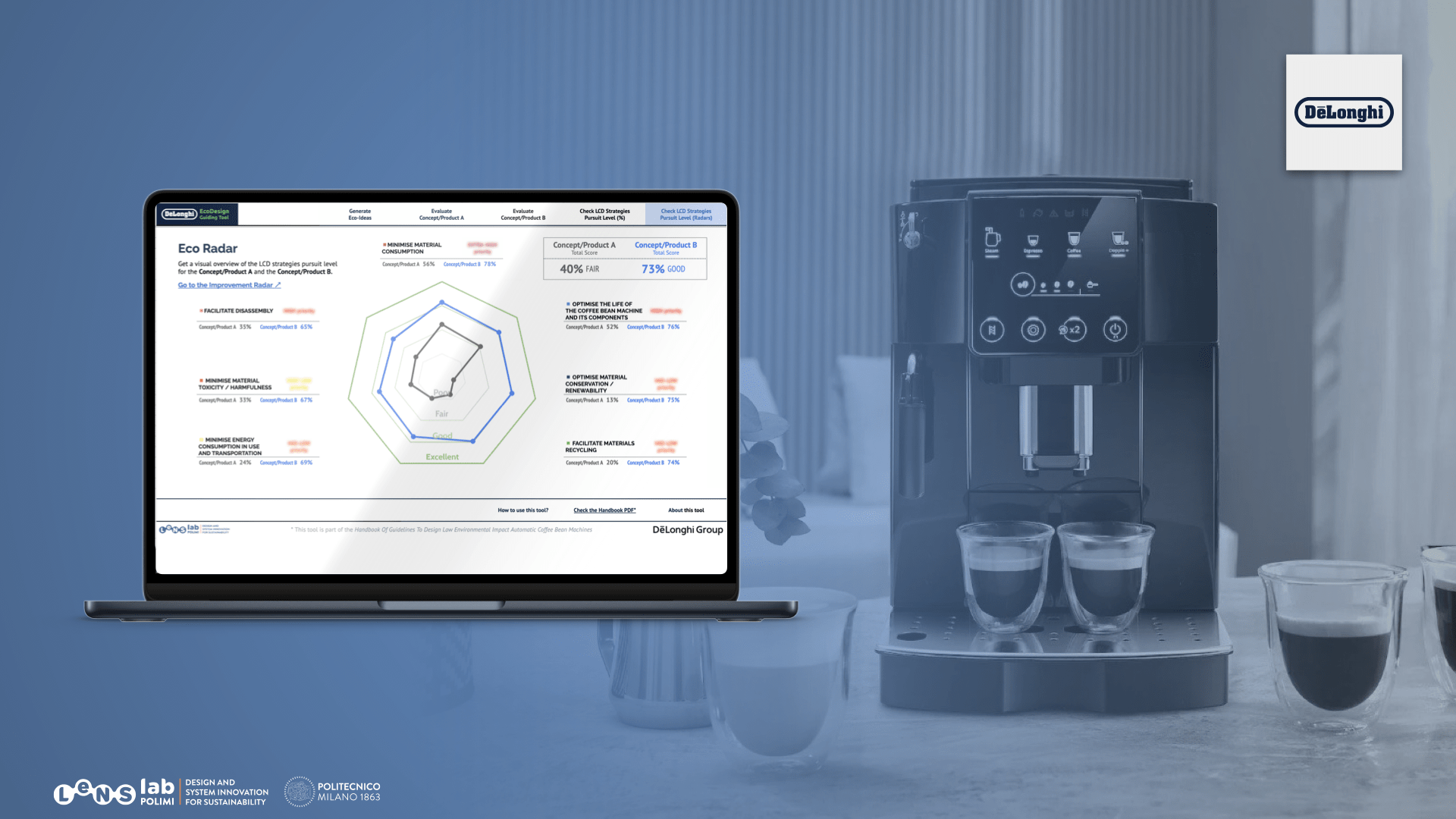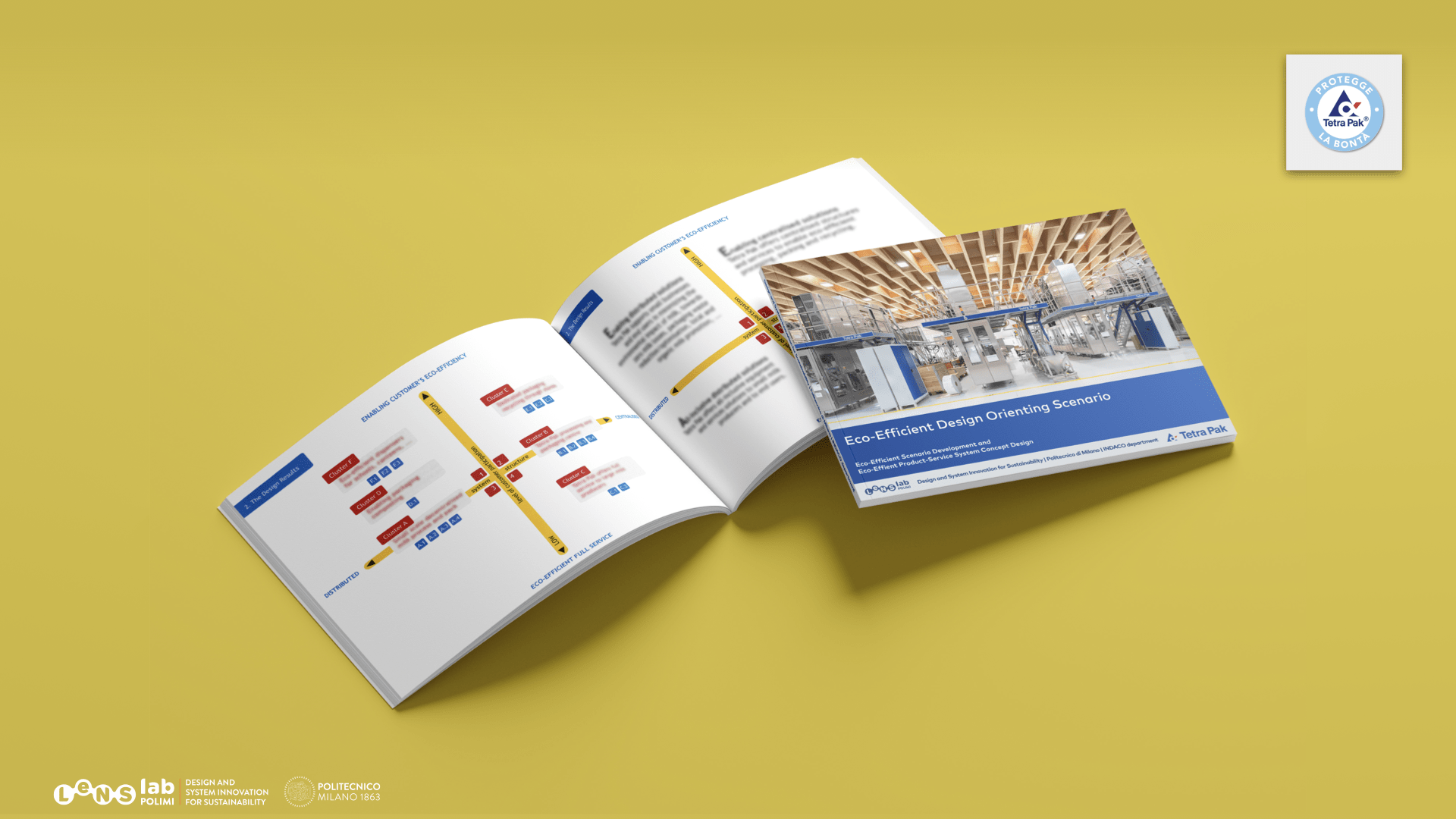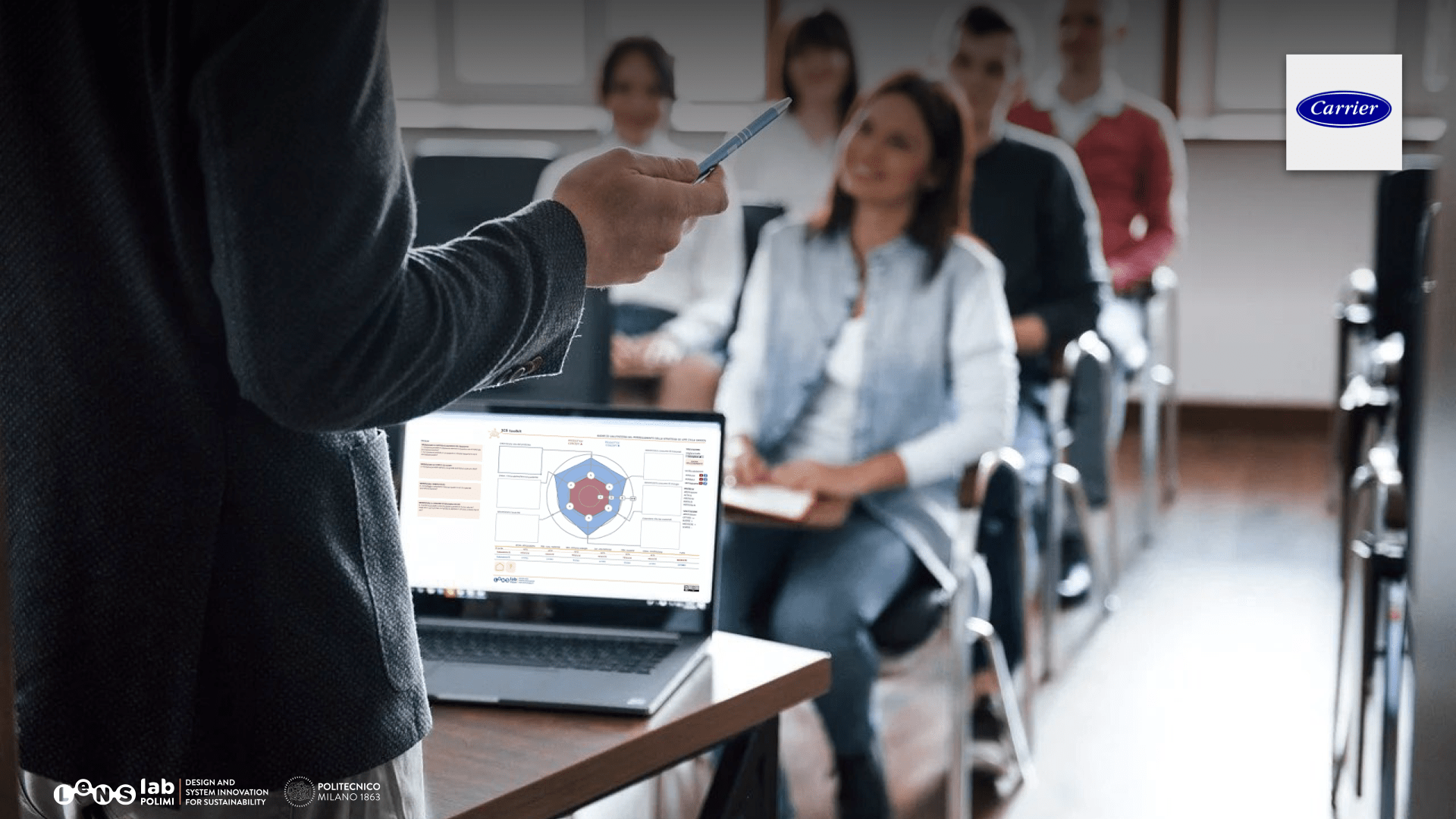AIMS
The toolkit aims to identify the touchpoints between materials, producers, partners, and users, providing a model for analysis and identification of opportunities to journey optimization and enhancement for loop closure for a more circular solution presentation.
It includes 5 tools:
- superpowers cards (reflect on their roles towards a circular and sustainable solution)
- challenges cards (facilitate a clear problem or challenge definition)
- CE open problem and CE focus card (clear problem or challenge definition)
- CE journey stages (develop an overall journey and explore possible strategic solutions to further develop possible future ideas and improvement opportunities can be identified.)
- circular economy journey canvas (demonstrate where and how the problem or circular opportunity can be addressed)
The Target Group includes professionals and students in related fields alike.
HOW TO USE THE TOOL
Step 1 – Preparation of session
- Download the tool from: https://www.katche.eu/knowledge-platform/tools-and-training-materials/katch_e-tools/ce-journey
- It’s possible to use the canvas in a digital document of the canvas (PowerPoint) also available on the website.
Materials list per group
- Pen or pencil, tape and pins;
- meters cotton thread (orange, blue, green and red, about 2 meters long);
- 1 Canvas (plotter printing 900mm 1330mm)
- 1 Set of cards per activity/actor role: Superpowers Cards (2-sided print) Challenge Cards (2-sided print) A4 white paper (notes).
Link to view the card: https://www.katche.eu/knowledge-platform/downloads/CE_JOURNEY.zip
Step 2 – use ‘open problem and CE focus card’
- ‘open problem and CE focus card’. Explain first the problem example presented in the Problem Example Card and after introducing the open problem The open problem card must be pre-field or defined with the group at the beginning of the session.
- Superpowers card and Challenge card. Identify the role of each participant and hand out their cards and other materials: One Superpowers card; one Challenge card per participant; pen or pencil, pins and cotton thread (about 2 meters long and with a specific colour of the player’s role).
Step 3: Superpowers card (30 minutes)
- Each participant picks a set of Superpower cards (according to their pre-determined specific role);
- Get everyone familiar with the different types of superpowers by reading the questions in the back (1.1 up to 4 cards).
- Fill the blanks on the canvas and reflection several questions: id, role and assets. Insert information in topics, selecting the most
- Share their superpowers with the group
Note: Use card questions as trigger questions, not all of them apply to your specific problem.
Time: 30 minutes (20 filling canvas + 10 for sharing) if we use the example presented on the Problem Example Card, we can start to fill in the canvas, using topics which are the Superpowers. See image 5 of how we can identify Producer 2 “Mercado da Pedro” potential.
Repeat the same approach to the other stakeholders. If you are stuck, please consult the back of the superpower’s cards where you can find generic trigger questions that can support you to unlock and go further in the parsing process.
Step 4: Challenges cards, circular economy focus card (30 minutes)
According to the pre-defined player role (material, producer, partner or user), each participant must reflect on and clarify what are their major motivations, activities and barriers that you will find along the process/problem.
- Each participant picks a set of Challenges cards (according to their specific role);
- Get everyone familiar with the different types of challenges by reading out loud the questions back (2.1 up to 4 cards).
- According to each participant role, you must fill the blanks on the canvas and reflect on several questions: activities, barriers, and motivations. Insert information in topics, selecting the most
- Each person must share their challenges with the
Note: Keep in mind the Circular Economy Focus Card (purple card)
Time: 30 minutes (20 filling canvas +10 for sharing)
Again, if we use the example presented on the Problem Example Card, we can start to fill in the canvas, using topics that are the Challenges. See image 6 of how we can identify Producer 2 “Mercado da Pedro” challenges.
Repeat the same approach to the other stakeholders. If you are stuck, please consult the back of the challenge’s cards where you can find generic trigger questions that can support you to unlock and go further in the parsing process.
Step 5: CE Journey Canvas (60 minutes)
Outline your journey and identify where is each participant’s starting point (it can be in an uphill, top hill or downhill stage). Firstly, the group must define a common understanding for a possible overall solution.
- Each actor must identify the journey starting point and sequentially number and fill their tasks and goals, outlining the path (with pins and color threads). Please consult the phase cards if in doubt as to what they mean as they clarify and present possible issues to consider as specified in each
- In collaboration, the participants must try to identify their touchpoints;
- Share opinions and together fill the overall improvement
- Identify the action/task that must be fulfilled;
- Identify the goal of the
- Number the stage related to the overall of the material, producer, partner or user. If it’s the first, second, third and so on
- A prioritization of roles, assets, challenges, tasks and barriers that can be found as applicable design strategies for a more circular and sustainable product/ service;
- A common understanding of the flow of relationships and exchanges between the various solution factors.
- A visual canvas that allows the user to understand the journey and touchpoints of the products, producers, partners and users to optimize it and potential closing of the loops.
- A visual outcome for an overall analysis of the product or service solution according to the possible PSS proposal;
- Immediate improvement of ideas and opportunities, through the reflection and assessment of possible solutions and flows;
- Background information for a brainstorming or other creativity session
TO VIEW AND DOWNLOAD THE TOOL : https://www.katche.eu/knowledge-platform/tools-and-training-materials/katch_e-tools/ce-journey/
PSS Processes and stages
- Sustainability analysis of the existing PSS (Service strategic analysis/design brief)
- Generation of sustainability oriented ideas for PSS (Service concept design)
- Development of sustainability design orienting scenario (Service concept design)
- Development of S.PSS/Sustainability service concept design (Service concept design)
- S.PSS/Sustainability service detailed design (Service detailed design & engineering)
- Documentation for communication of sustainable qualities (Service communication)


